- History / Culture
- Buildings
No.f_0005
Featured in The Last Samurai! Shoshazan Engyoji Temple in Himeji
When traveling to Himeji, don't miss out on Shoshazan Engyoji, a Buddhist temple with a history spanning a thousand years. Visitors can also enjoy a great view, experience Japanese culture, and savor Michelin-starred vegetarian cuisine.
After Himeji Castle, Visit Engyoji Temple
To get the full sightseeing experience in Himeji, we recommend visiting Engyoji Temple in addition to Himeji Castle, which is a major point of interest in the city. At Engyoji Temple, visitors can appreciate the beautiful scenery and traditional Japanese architecture.
In this article, we introduce the features of this temple that has appeared in several movies, including “The Last Samurai.”
Resembling a Graceful Egret! Himeji Castle
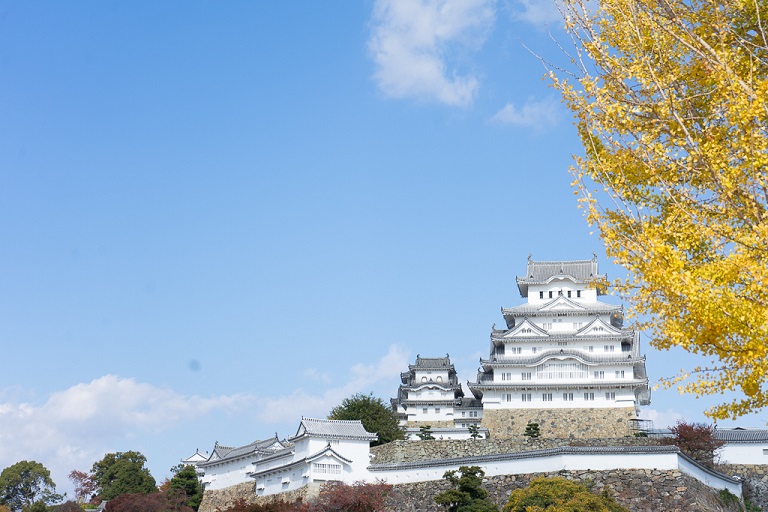
From Osaka and Kyoto, it takes 30 to 60 minutes aboard the JR train lines, shinkansen, or the Sanyo Electric Railway to Himeji Station. Himeji Castle—the first Japanese location designated as a World Heritage site in 1993—is a 20-minute walking distance from the station.
The figure of the castle is reminiscent of a shirasagi (egret) spreading its wings. This is why it is also called Hakuro (or Shirasagi) Castle.
Its elegant facade has fascinated many filmmakers. Akira Kurosawa, a world-renowned Japanese director, is one of them, with the castle appearing in his works such as “Ran” and “Kagemusha. ”
Shoshazan Engyoji Temple: Immerse Yourself in the World of Classic Films
.jpg)
Shoshazan Engyoji Temple is a must-visit sightseeing destination located near Himeji Castle. Located on top of Mt. Shosha, the temple has attracted filmmakers from worldwide.
It has appeared in films such as “The Last Samurai,” featuring the Hollywood movie star Tom Cruise, and “The Assassin,” which won the best director award at the Cannes Film Festival.
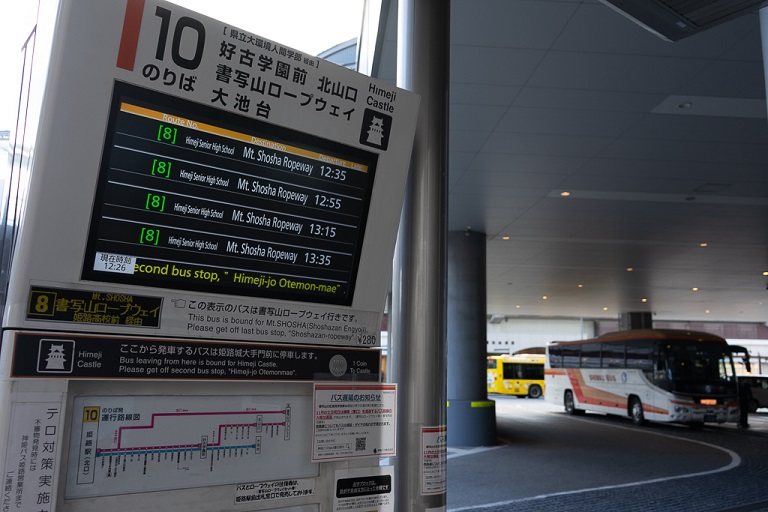
Engyoji is accessible by bus and ropeway from the station and the castle.
From Himeji Station, take the Shinki Bus Number 8 bound for Mt. Shosha Ropeway at bus stop Number 10. It takes about 30 minutes to the Shoshazan Ropeway bus stop. This bus also stops at Himeji Castle Otemon Gate bus stop, located in front of Himeji Castle
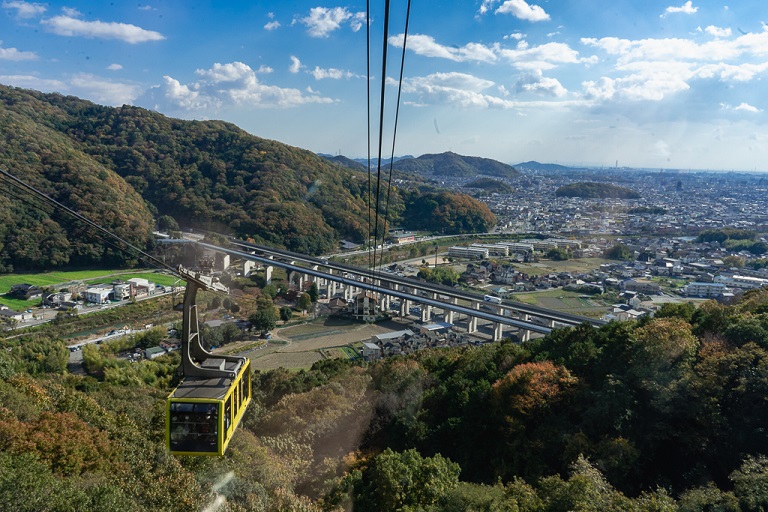
Engyoji was founded roughly a thousand years ago on top of Mt. Shosha by Shoku Shonin, a Buddhist monk of the Tendai sect. There are two ways to reach the temple from the ropeway station at the base of the mountain.
One is to ride the ropeway, and the other is to take the one-hour climb.
The ropeway offers a great view of Himeji City. Passengers can also enjoy the autumnal foliage when the mountain is colored in red and orange hues
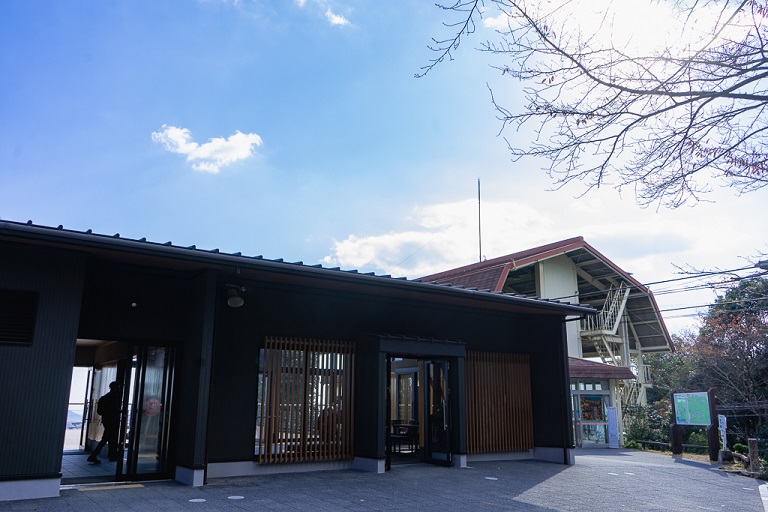
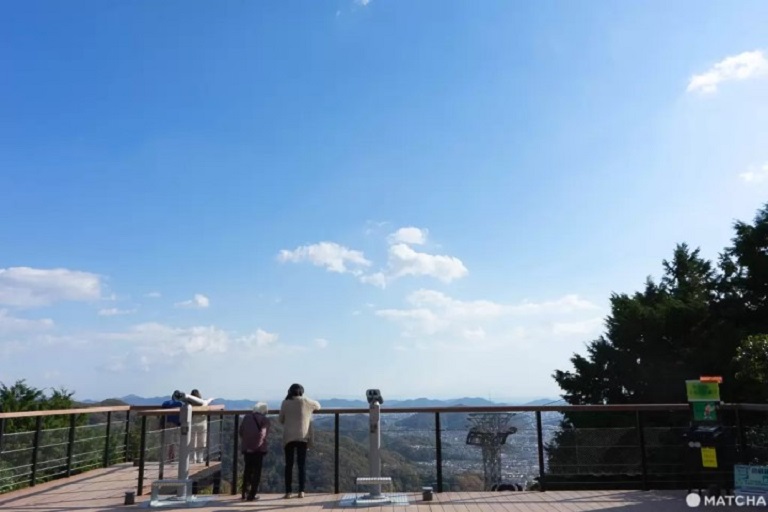
Miorosso Shosha, an observation deck, was built on the mountaintop in 2022.
The deck offers a panoramic view of the Himeji Plain and Harimanada. From the lush spring leaves to the autumnal foliage, it is an ideal spot to enjoy the seasonal changes in scenery.
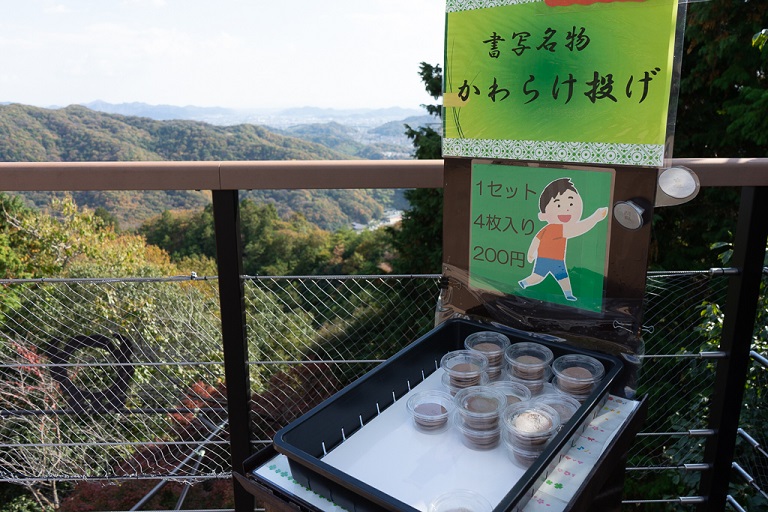
Visitors can try their luck at the deck by throwing kawarake, a small piece of ceramic ware. It is said that your wish will be fulfilled if a kawarake hits the mark.
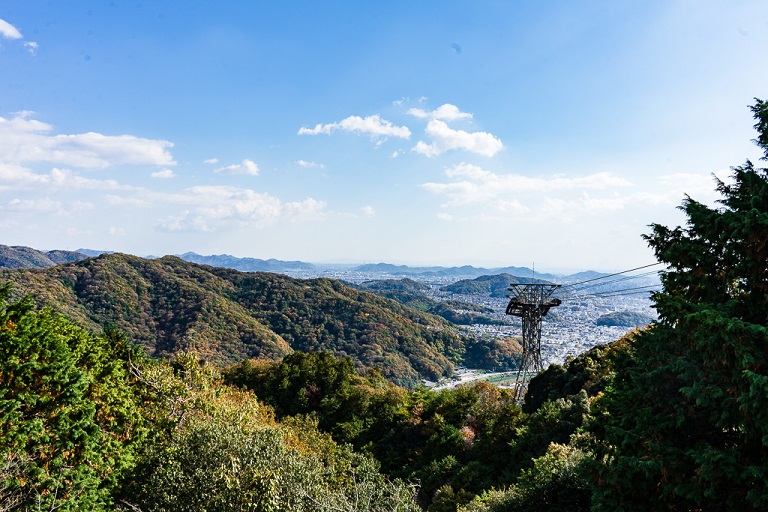
In addition to riding the ropeway, visitors can go hiking with Himeji Rekiyukai, a group of local guides, to the top of Mt. Shosha.
Trekking for an hour with a guide familiar with the history of Himeji is a great opportunity to learn about Mt. Shosha and the temple.
Mani-den Hall: Built in the Same Architectural Style as Kiyomizu Temple
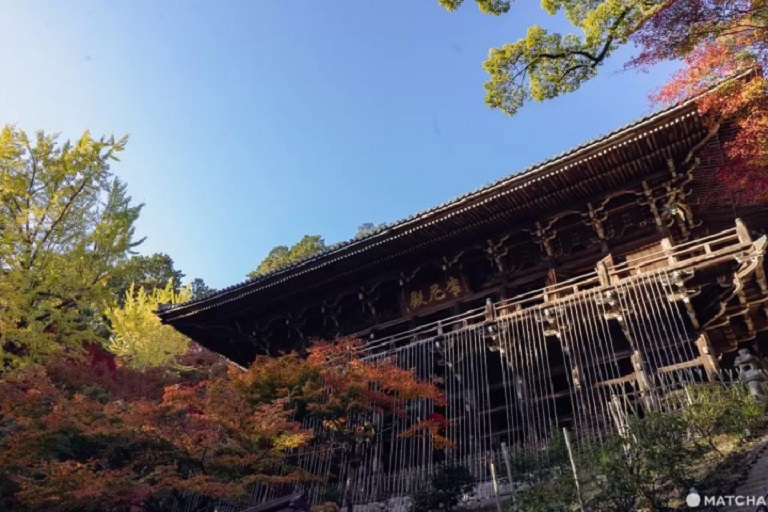
At the mountaintop, the solemn Mani-den Hall greets visitors. It is constructed in the kakezukuri style, which is the same architectural style as Kiyomizu Temple in Kyoto. It is a rare Japanese style used in buildings located on steep slopes.
Visitors looking up at the sacred atmosphere of Mani-den will feel as if the structure is floating in thin air.
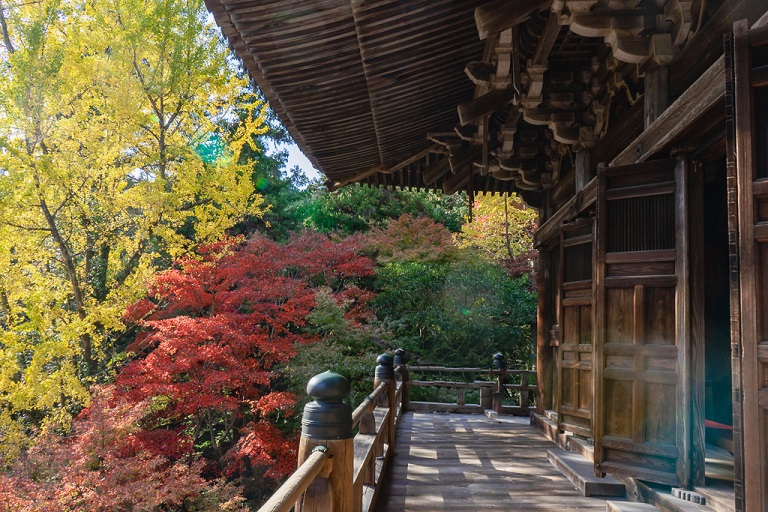
“The Assassin,” winner of the best director award at the Cannes Film Festival, was shot at Mani-den. The corridor that appears in the movie has a simple structure with a distinctly Japanese atmosphere, adding a unique cadence to the film.
Juryoin: Michelin 1-Star Restaurant in the Mountains
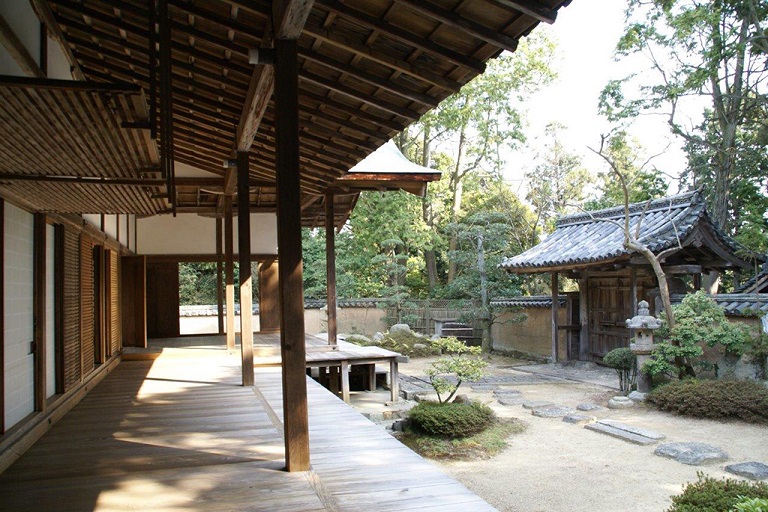
Picture courtesy of Shoshazan Engyoji Temple
Juryoin has been designated as an important cultural property. The current building was constructed in the mid-Edo Period (1603-1868). It functions as a restaurant serving shojin ryori (vegetarian cuisine) with a one-star Michelin rating
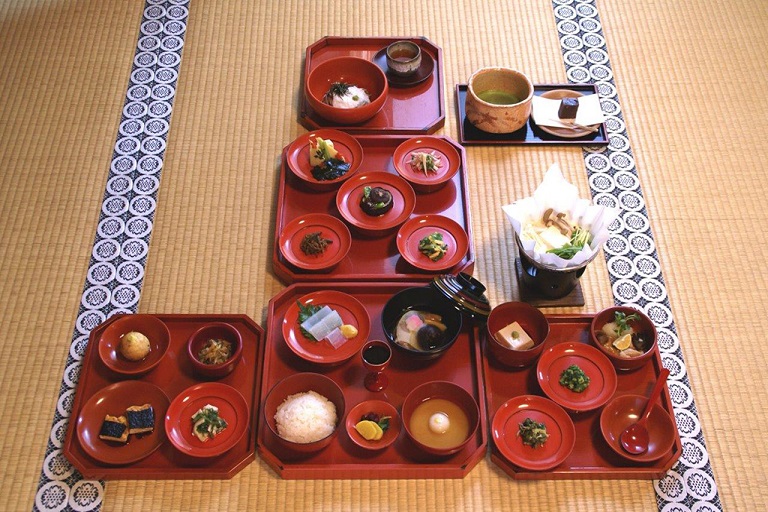
Picture courtesy of Shoshazan Engyoji Temple
Shojin ryori does not use meat or fish. Rather, this traditional Buddhist cuisine is made from vegetables, tofu, and sesame. Similar to the vegan diets of Buddhists in Asian countries, its purpose is to ensure the necessary energy to participate in ascetic practices.
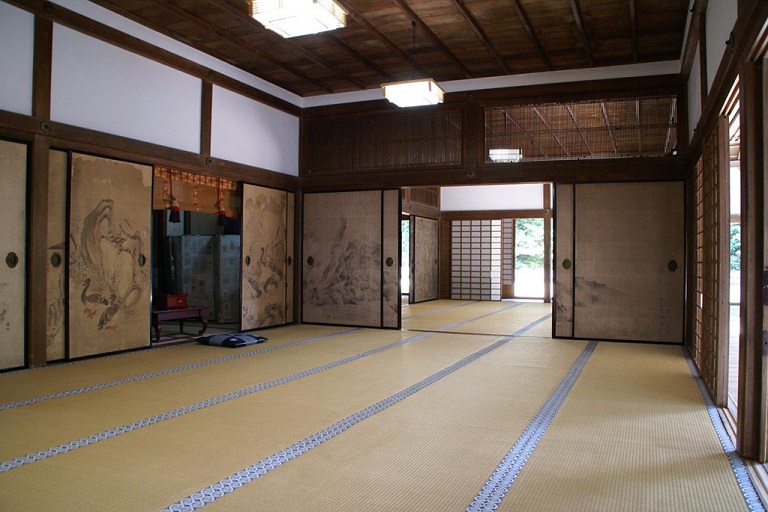
Picture courtesy of Shoshazan Engyoji Temple
The meals are based on recipes from the Edo Period (1603-1868) listed in the Engyoji Gyojiki chronicles and arranged according to modern eating habits. In other words, the recipes for the dishes have been revised and updated while maintaining the essence of the original shojin ryori meals.
*Shojin ryori is served from April to November (except Thursdays). For the latest information, please check the official website (Japanese).
Mitsu no Do: Like a Scene Straight Out of a Movie

Mitsu no Do (three halls) refers to a group of buildings (Daikodo, Shokudo, and Jogyodo) on the grounds designated as important cultural properties. Standing side by side, they create a grand sight for the visitors.
Many people in the film industry have also visited this temple. Engyoji appears in various historical dramas and movies featuring famous Japanese actors.
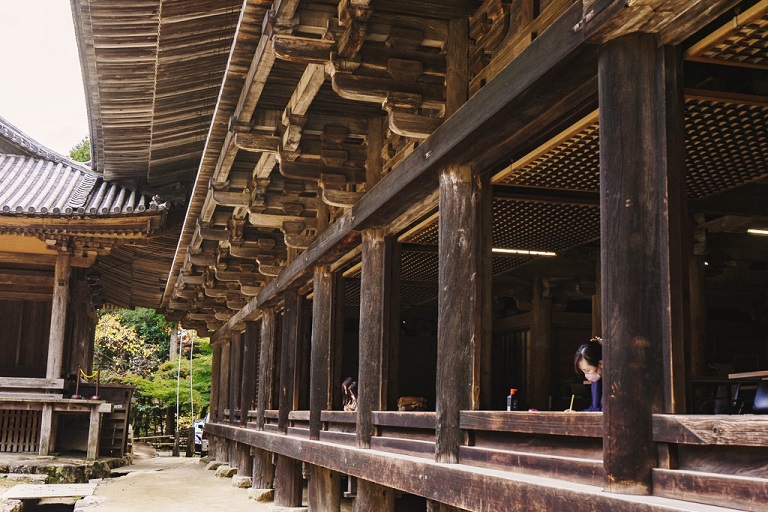
In the Hollywood movie “The Last Samurai,” Tom Cruise and Ken Watanabe met at the Shokudo.
It is a two-storied building with the temple’s treasures displayed on the second floor.
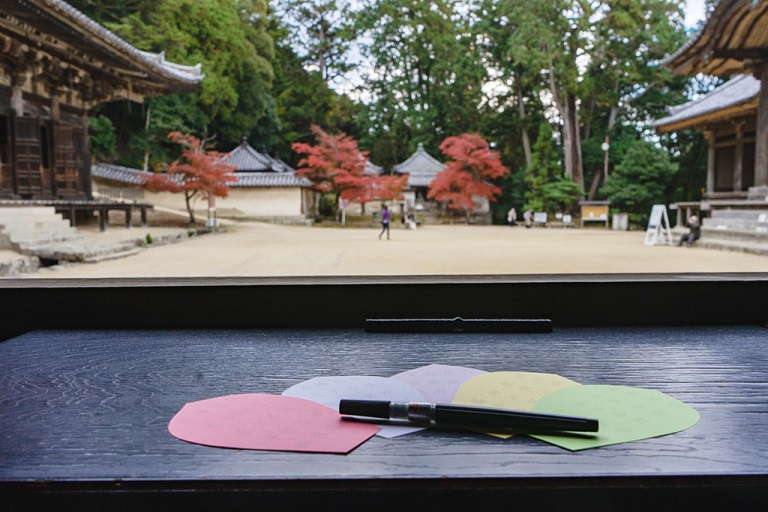
At the Shokudo, visitors can participate in a workshop of hanabira shakyo, flower petal sutra writing.
Participants first choose a piece of paper shaped like a hanabira (petal) with sutras printed on them. There are five colors to choose from.
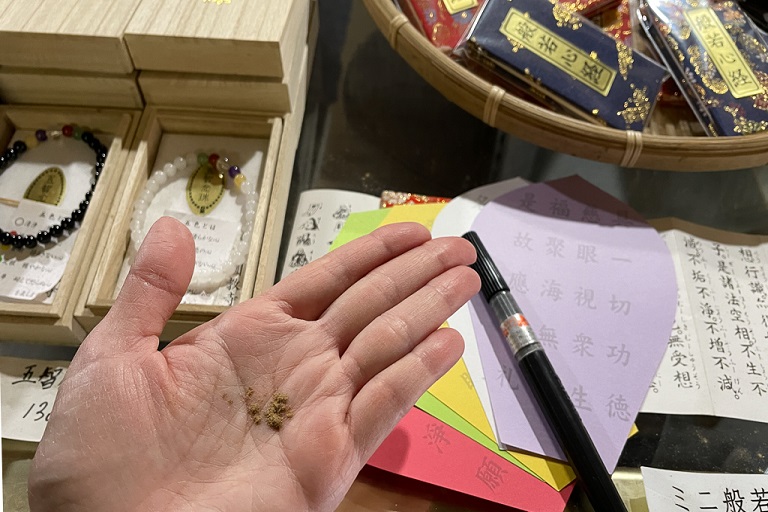
Before beginning the shakyo (hand-copying of sutras), a priest will sprinkle incense on the participant’s hand. This is believed to increase concentration and clear the psyche since the incense becomes more fragrant when you massage your hands.
Once the mind is calm, participants can start copying the sutras. The simple act of tracing the letters will compose one’s thoughts. The fee is 300 yen after tax.
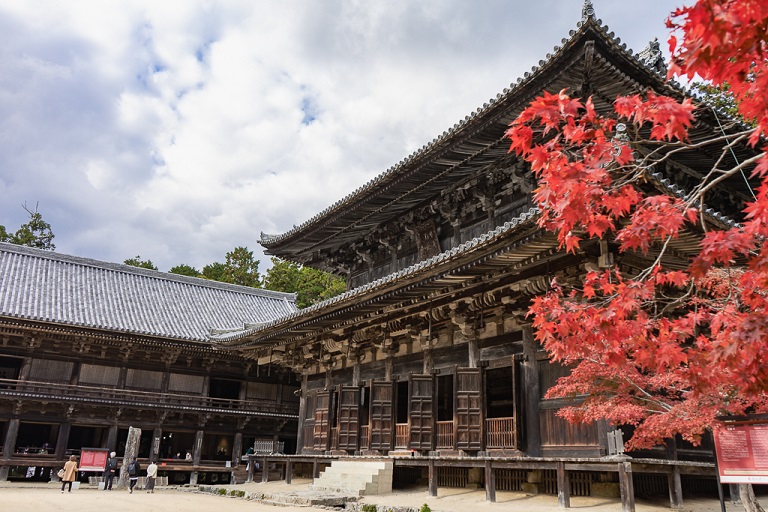
Daikodo, located on the right-hand side of the Shokudo, is a training facility for monks and is not open to the public.
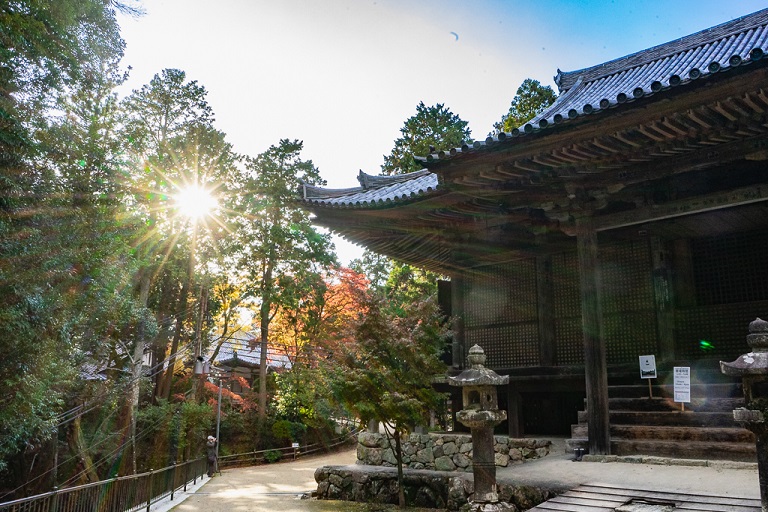
Jogyodo, on the left-hand side, is usually closed to the public. However, it will be open on the third Saturday of every month for a Zen meditation workshop.
Participants will sit in front of the seated statue of the Joroku Amitabha Tathagata, calming their minds by releasing idle thoughts.
Hazuki Chaya: Taste Homely Delicacies at Shoshazan Engyoji
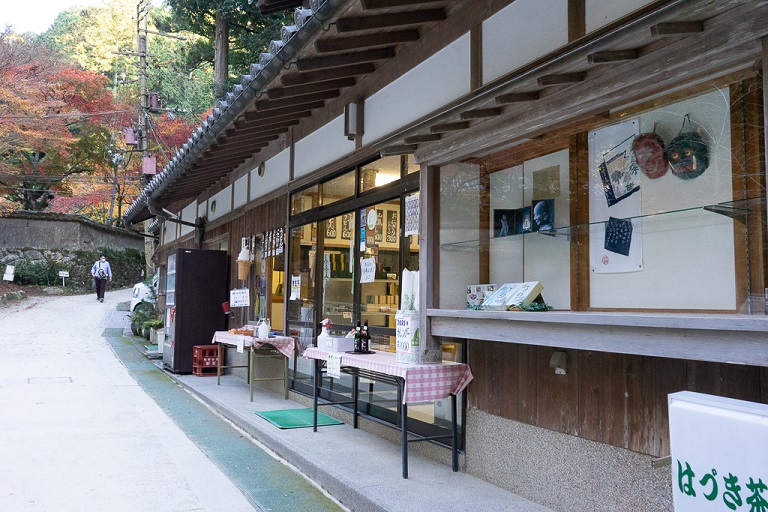
Take a break at Hazuki Chaya after exploring the grounds of Engyoji. Within the mystic atmosphere, you can enjoy the homely taste of Benkei no chikaramochi, a Japanese confection, or sansai soba noodles garnished with ingredients gathered in the mountains.
Please note that the eatery is usually open from 10:00 to 16:00, with the last order at 15:00. Be sure to drop by before it closes!
Enjoy Your Visit to Engyoji Temple!

It will be an excellent opportunity to experience Japanese tradition and culture by visiting Mani-den, a building reminiscent of Kiyomizu Temple that is surrounded by sacred trees. Walking around the grounds of Mitsu no Do, an important cultural property, and admiring its mystical air will enhance that feeling.
Visit Shoshazan Engyoji, which has enticed many filmmakers, and enjoy the view before participating in sutra copying or Zen meditation.
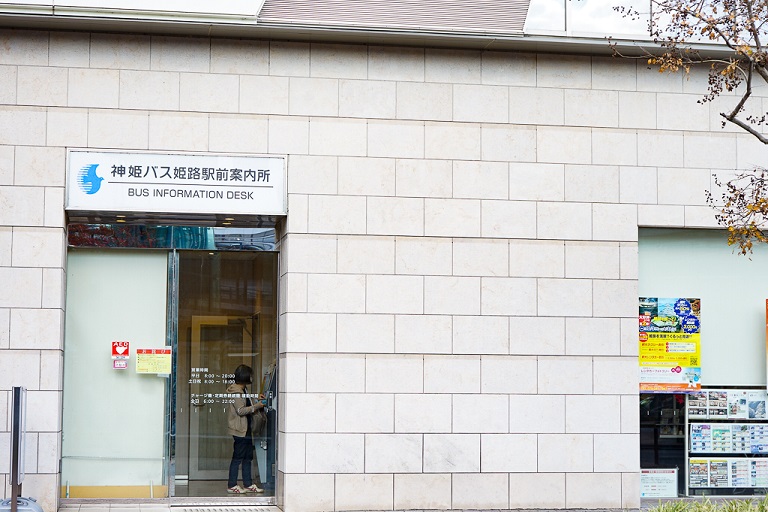
Upon arriving at Himeji Station, be sure to purchase a round-trip ticket for the bus and ropeway at the Shinki Bus Information Center, which is located at the north gate of the station, since they offer a more affordable fare.
*The information presented in this article is based on the time it was written. Note that there may be changes in the merchandise, services, and prices that have occurred after this article was published. Please contact the facility or facilities in this article directly before visiting.
Date : 2023.01.20



